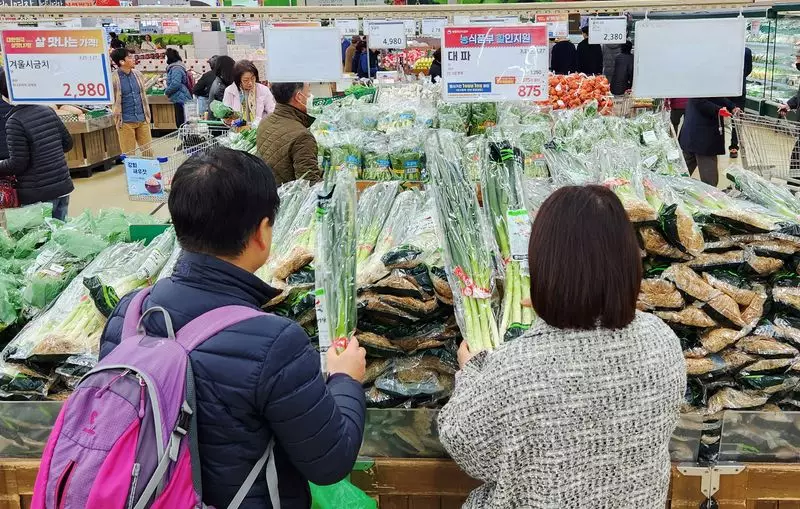Recent analyses indicate that South Korea’s economy is poised for a rebound after experiencing a minor contraction in the second quarter of this year. Following a surprising 0.2% drop between April and June, economists now anticipate a 0.5% growth rate for the July to September period. This expected growth reflects a fundamental dynamic driven primarily by robust export performance, which appears to offset the adverse effects of rising borrowing costs on domestic consumption.
The resilience of South Korea’s economy is significant when positioned against the backdrop of its global trade interactions. Notably, the Asian powerhouse has capitalized on heightened demand for semiconductors from the United States, a trend that has buoyed its export figures. This success in trade has allowed the nation to elude a common recessionary definition—two successive quarters of economic contraction—thus implying a certain degree of stability in an otherwise challenging economic landscape.
Despite the hopeful signs emerging from the export sector, the stark reality of South Korea’s domestic economy presents a contrasting picture. High-interest rates and soaring household debt, among the highest globally, continue to constrain consumer spending. A range of high-frequency indicators, including retail sales and construction figures, point to sluggish domestic demand, posing challenges to sustaining robust economic growth. Analysts have expressed concerns about the sustainability of this export-driven growth model, warning that without a significant revival in domestic consumption, overall economic health may remain precarious.
The Bank of Korea’s recent monetary policy adjustments aim to address these domestic challenges. By reducing the policy rate from a 15-year peak of 3.50%, the central bank hopes to stimulate demand. Despite these efforts, further rate cuts may be constrained by ongoing uncertainties in the housing market and the potential for inflationary pressures, limiting the central bank’s ability to respond aggressively in the near term.
International dynamics, particularly in China and the United States, also play a crucial role in shaping South Korea’s economic outlook. The uneven recovery in China and tempered demand from the U.S. signify potential headwinds for South Korean exports. As these major economies grapple with their own challenges, the implications for South Korea could be pronounced, with analysts projecting growth rates to average around 2.4% for the year—reflecting a tempered optimism compared to previous forecasts.
As polled insights suggest, the pace of economic growth may not meet the frequently reiterated expectations of a robust recovery. Instead, it characterizes a more cautious and calculated environment. This uneven economic terrain forces stakeholders to adopt a nuanced understanding of the interplay between external market factors and domestic economic policies, while keeping a close watch on shifts in global demand.
South Korea’s journey toward economic normalization encompasses a complex narrative of external strengths and internal vulnerabilities. As the economy navigates the aftermath of a mild contraction, sustainability remains contingent upon tackling domestic challenges while leveraging export potential in a globally interconnected marketplace. The path forward will undoubtedly require sophisticated policy measures and adaptability as both domestic and international conditions evolve.

